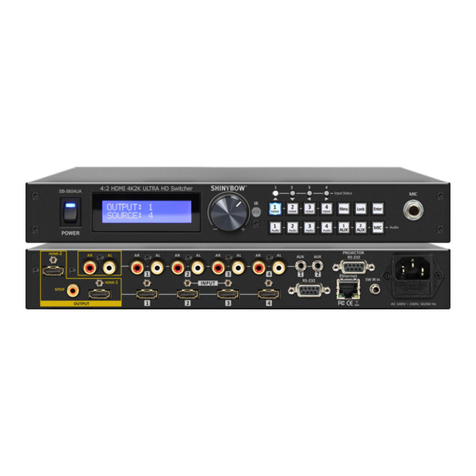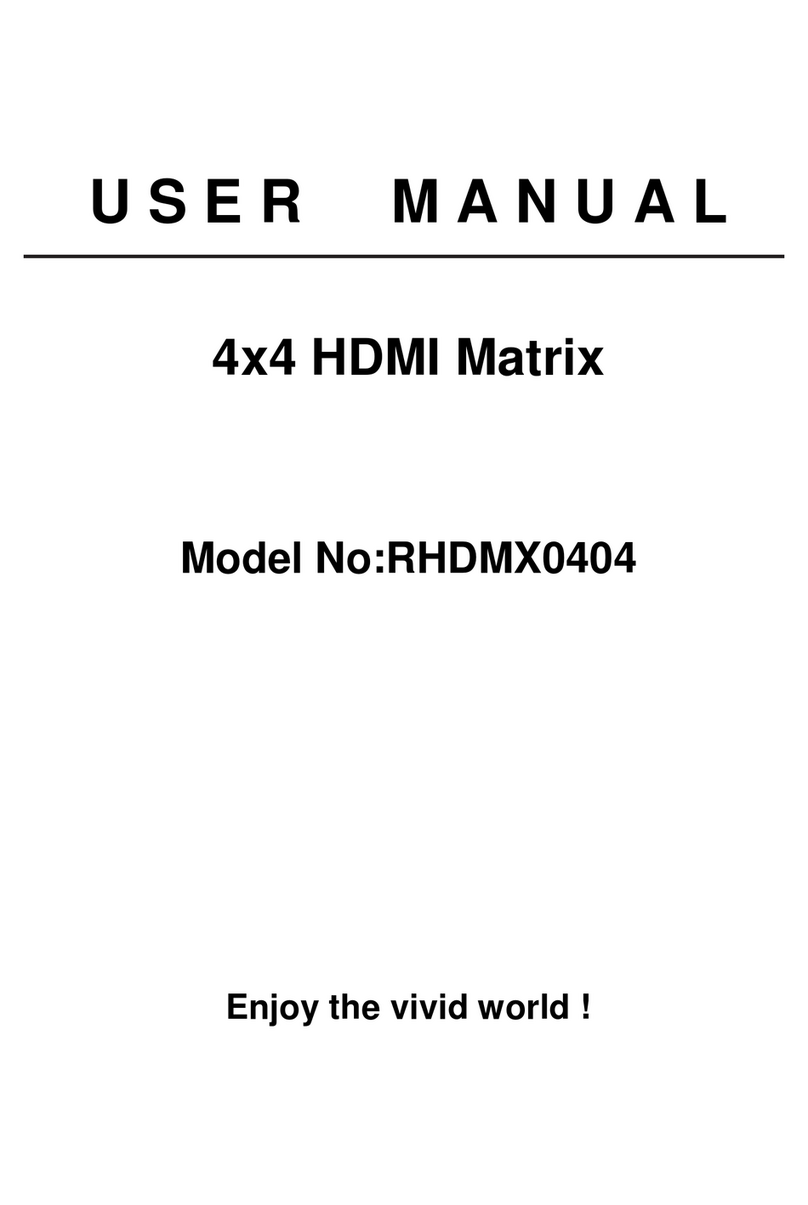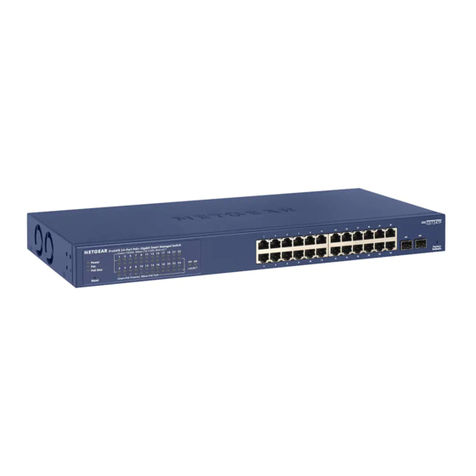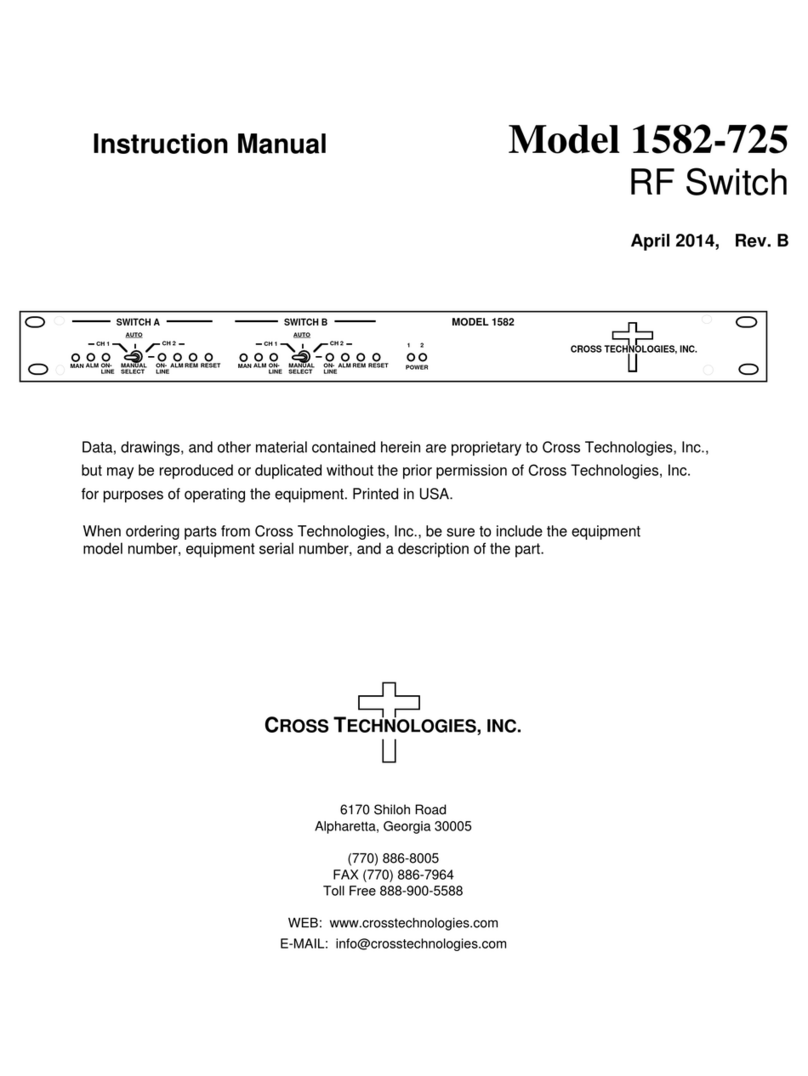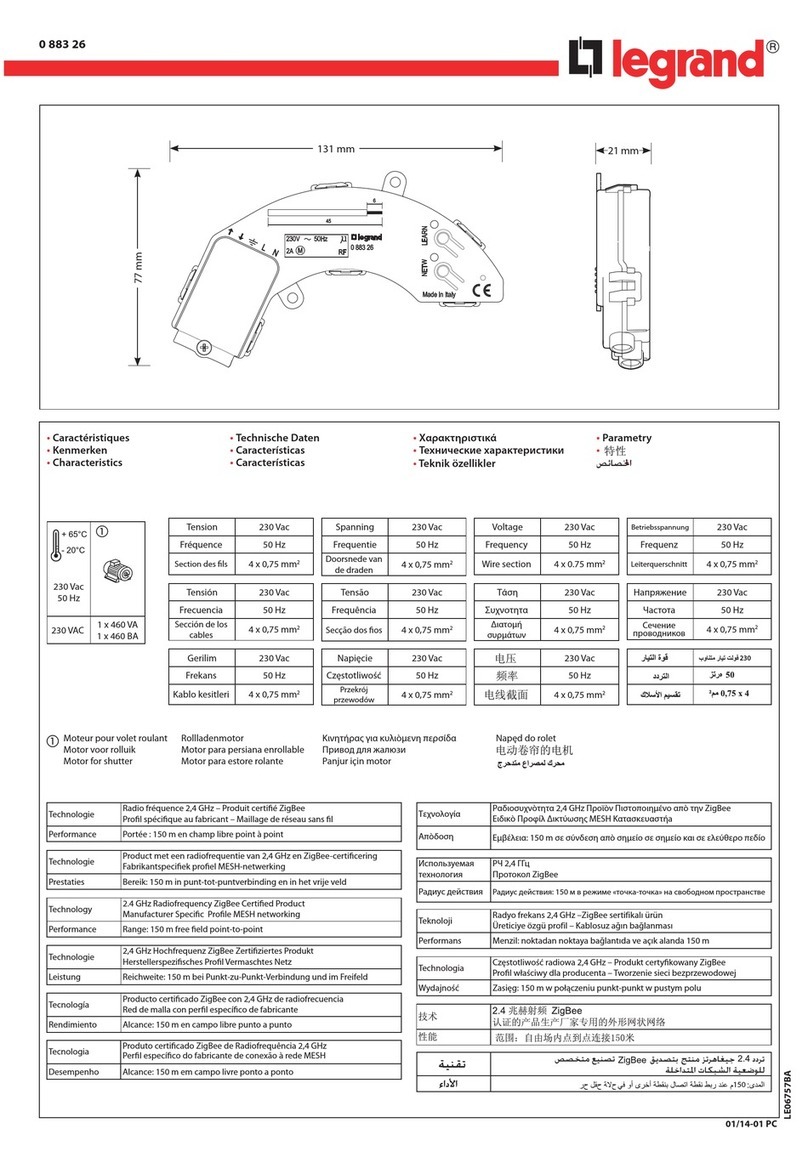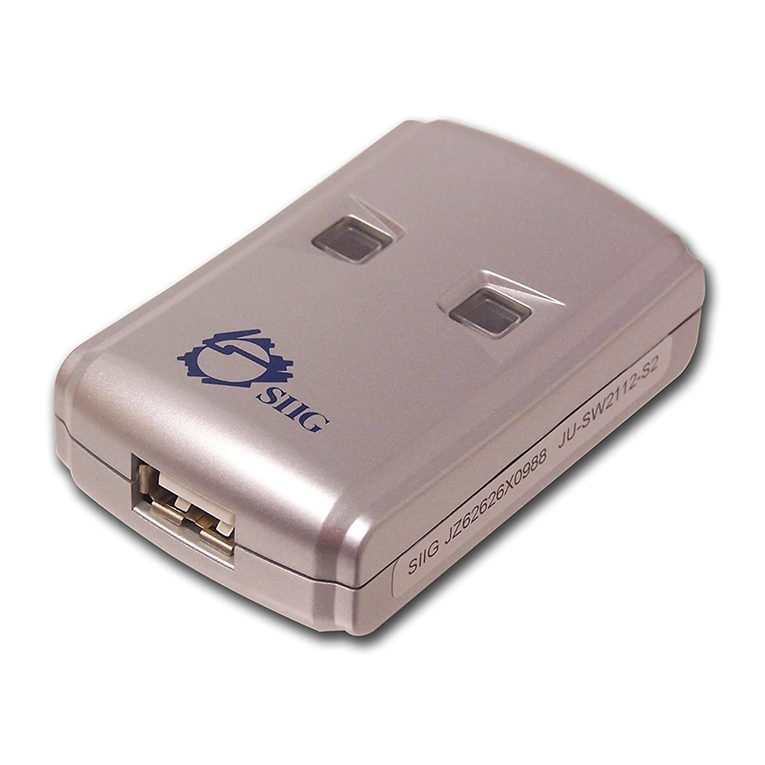Linear Technology DC2251A Quick setup guide






Table of contents
Other Linear Technology Switch manuals
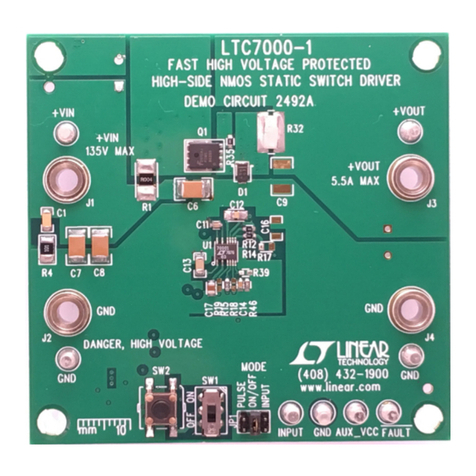
Linear Technology
Linear Technology LTC7000-1 Quick setup guide
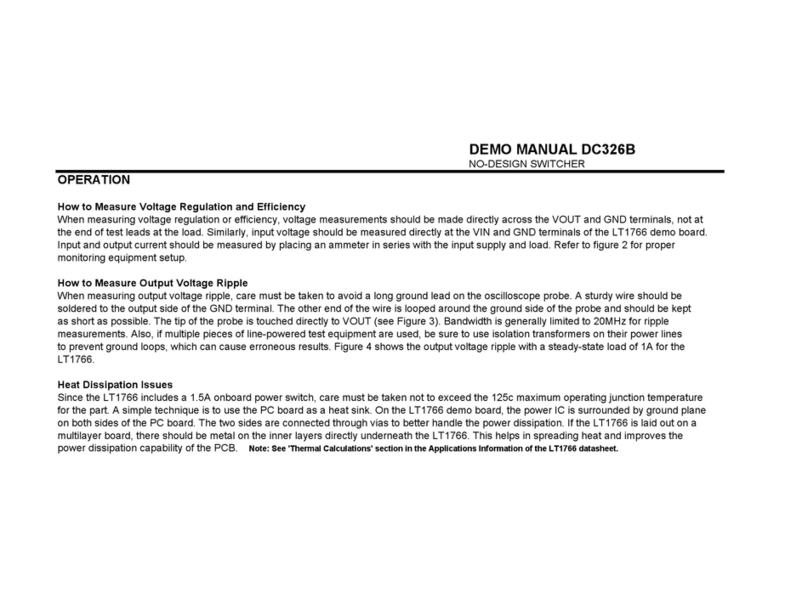
Linear Technology
Linear Technology DC326B Quick setup guide
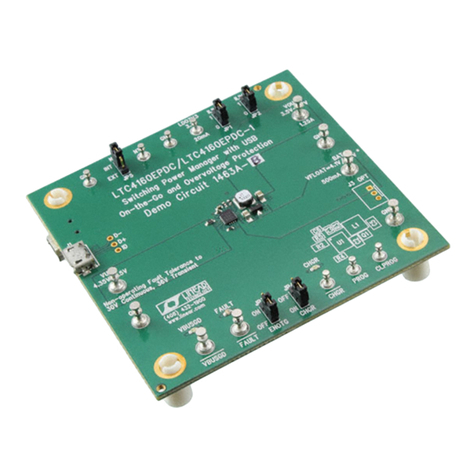
Linear Technology
Linear Technology LTC4160EPDC User manual
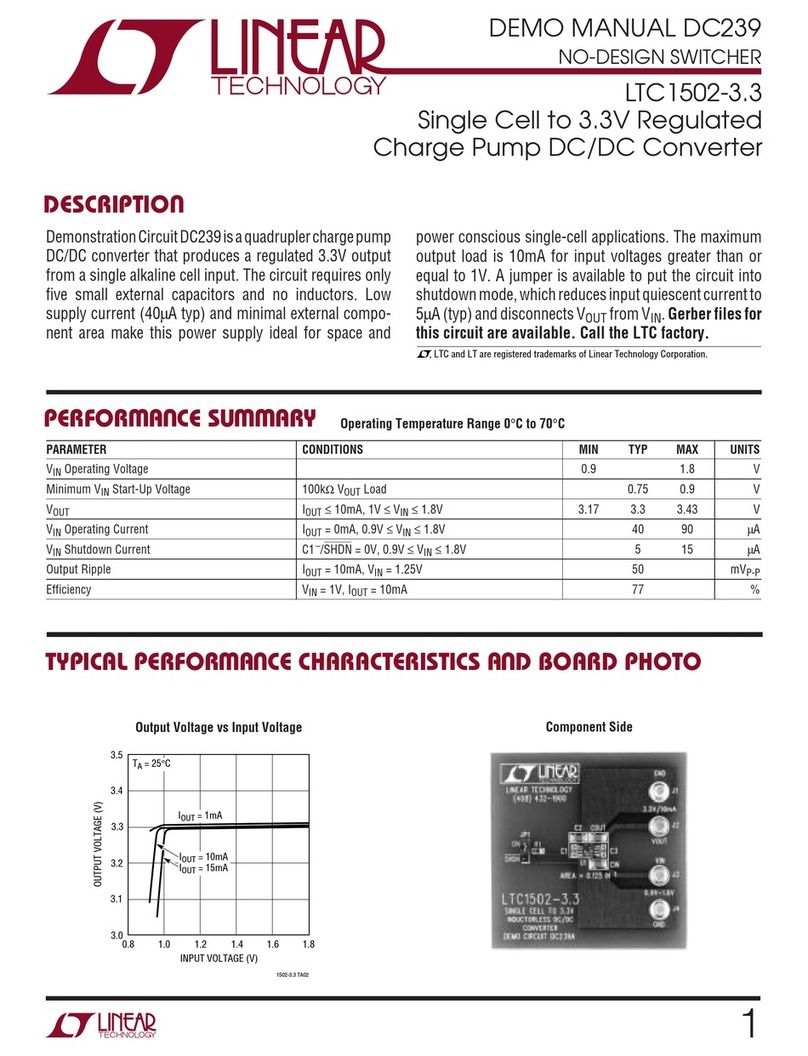
Linear Technology
Linear Technology DC239 Quick setup guide
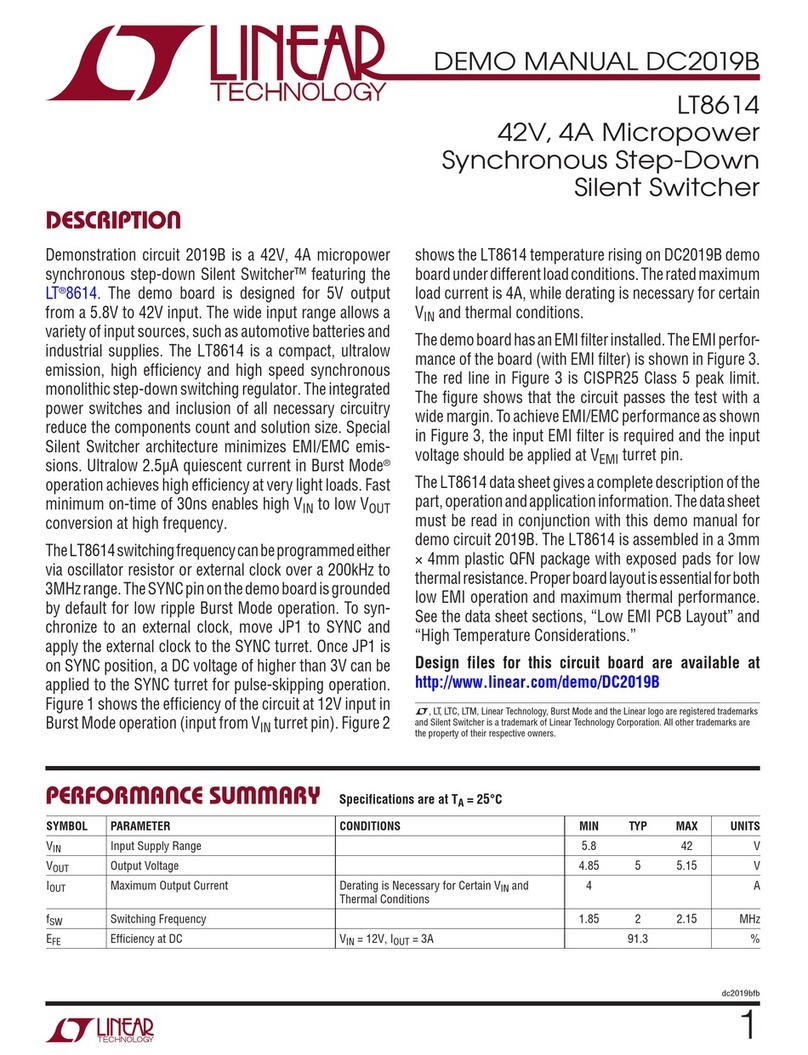
Linear Technology
Linear Technology LT8614 Quick setup guide
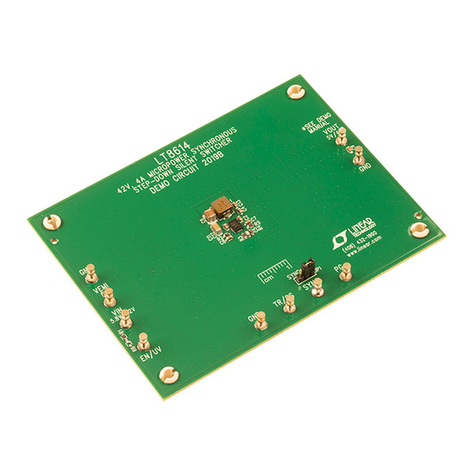
Linear Technology
Linear Technology DC2019A Quick setup guide
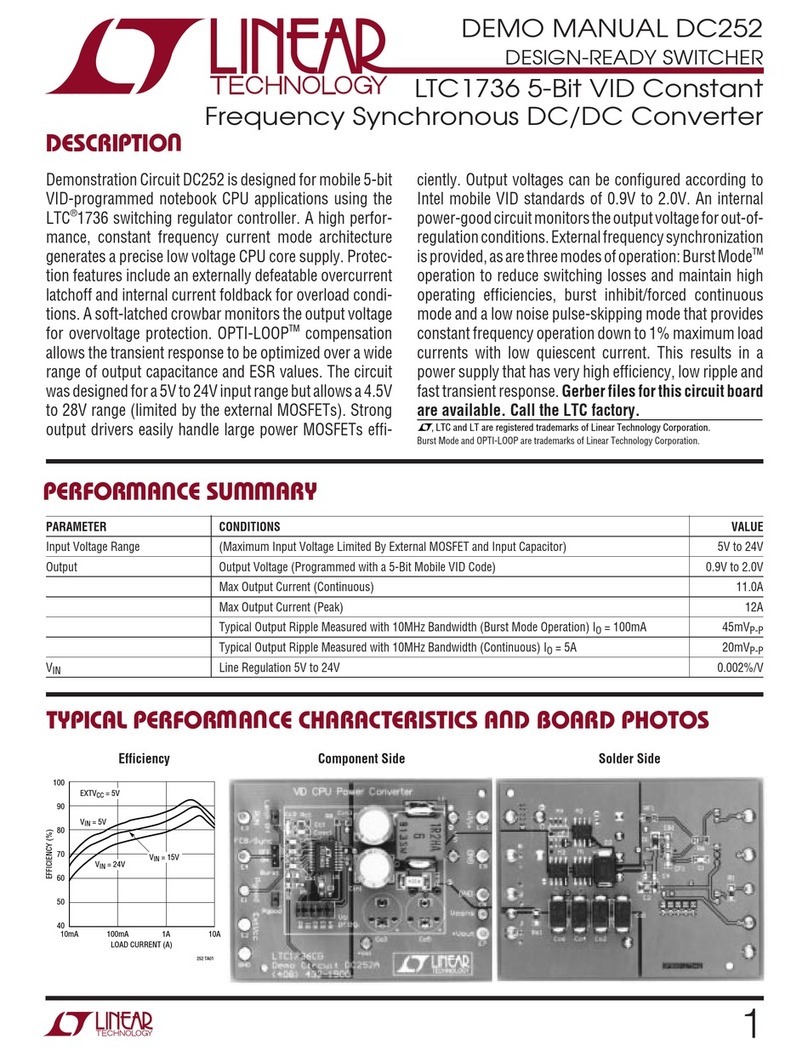
Linear Technology
Linear Technology DC252 Quick setup guide
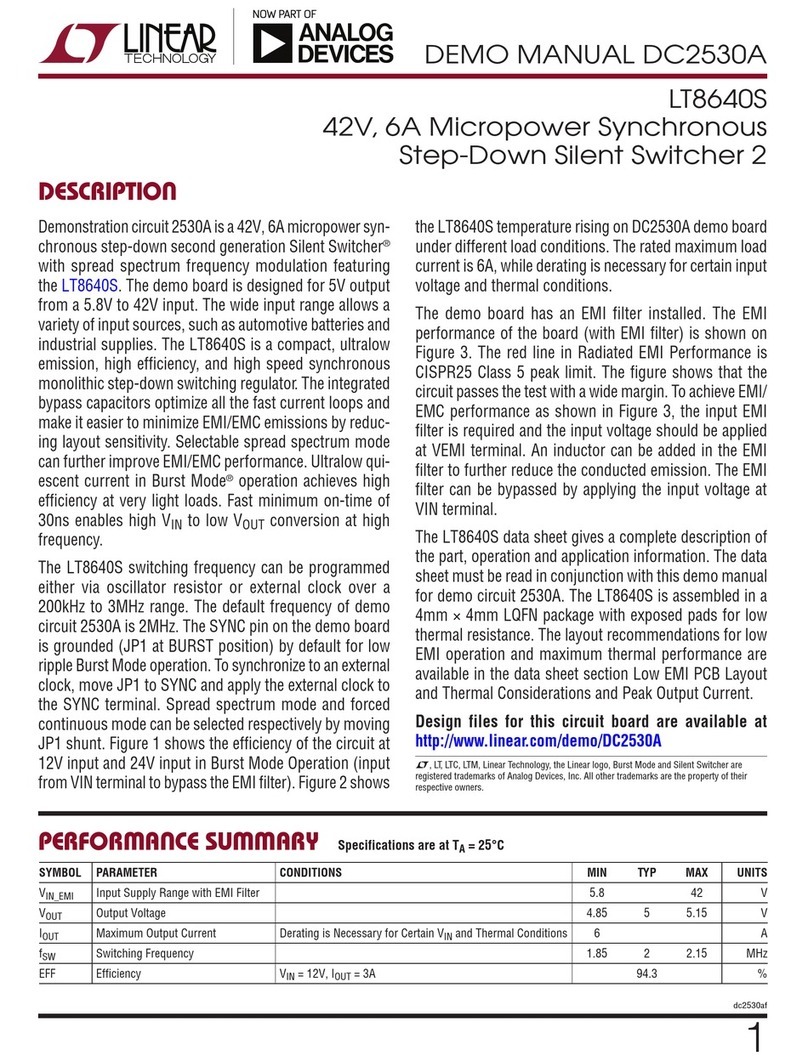
Linear Technology
Linear Technology DC2530A Quick setup guide
Popular Switch manuals by other brands
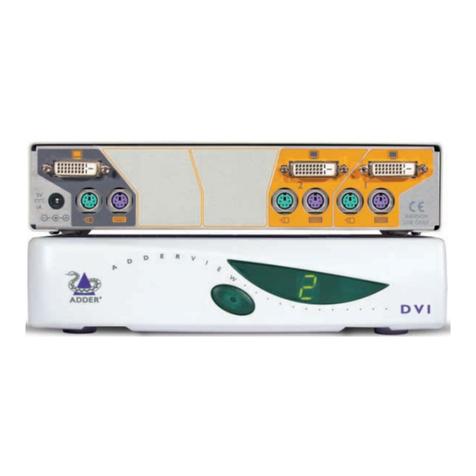
ADDER
ADDER View DVI AV4DVI Installation & use
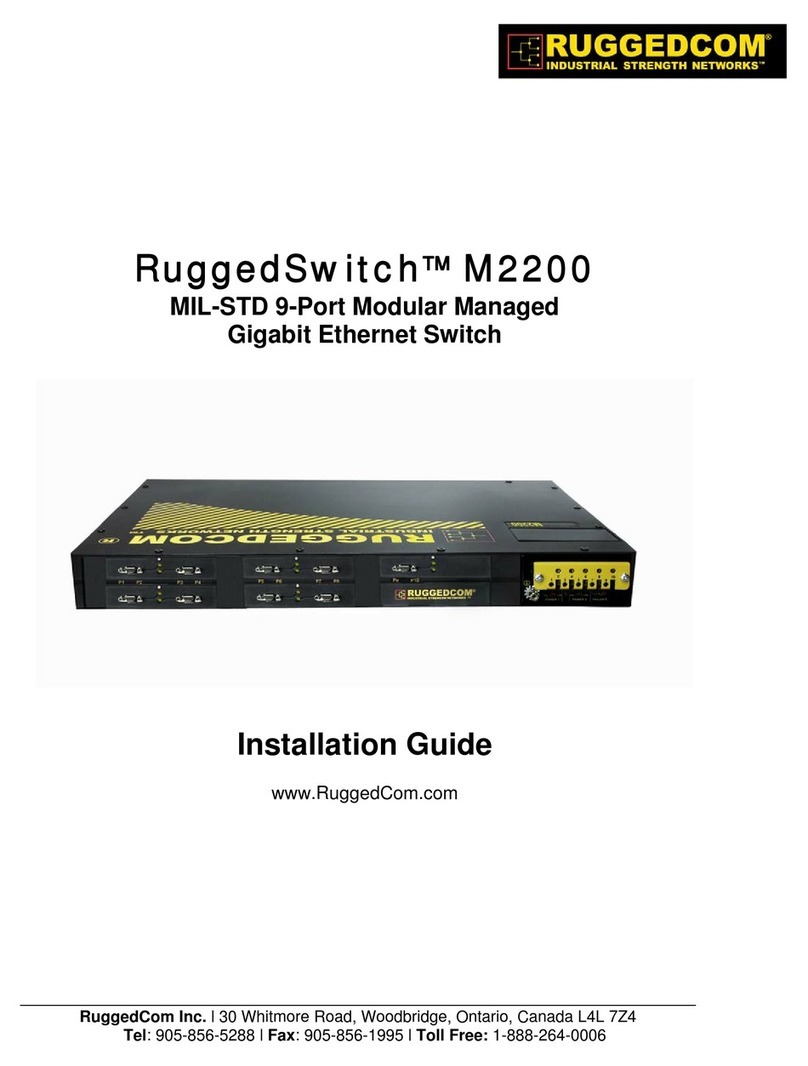
RuggedCom
RuggedCom RuggedSwitch M2200 installation guide
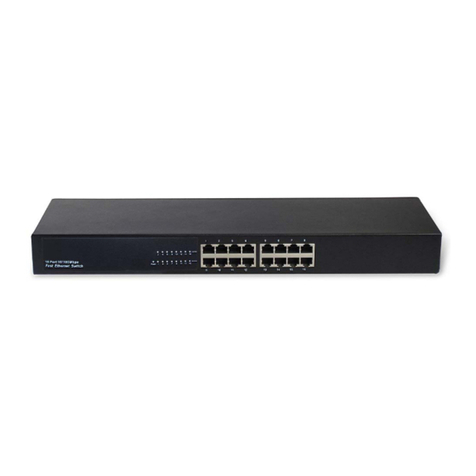
Morrell
Morrell SW-UNM-16FE user manual
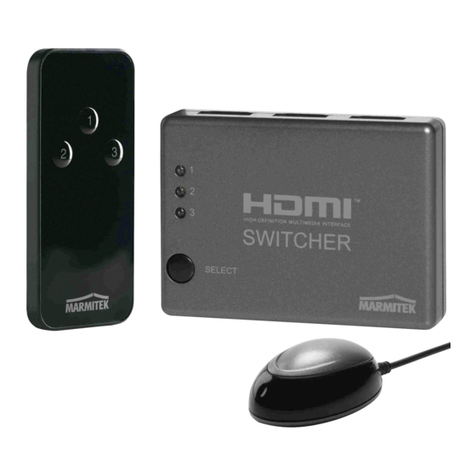
Marmitek
Marmitek Connect 310 user manual
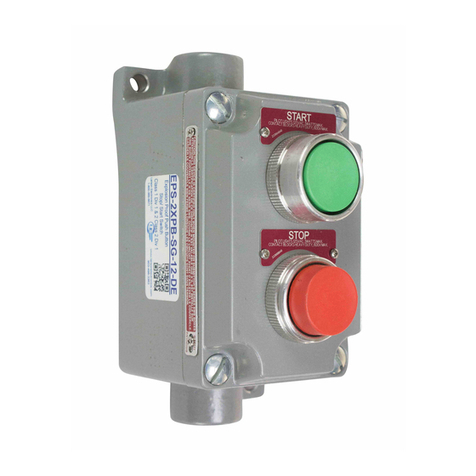
Larson Electronics
Larson Electronics EPS-2XPB-SG-600V-LKC instruction manual
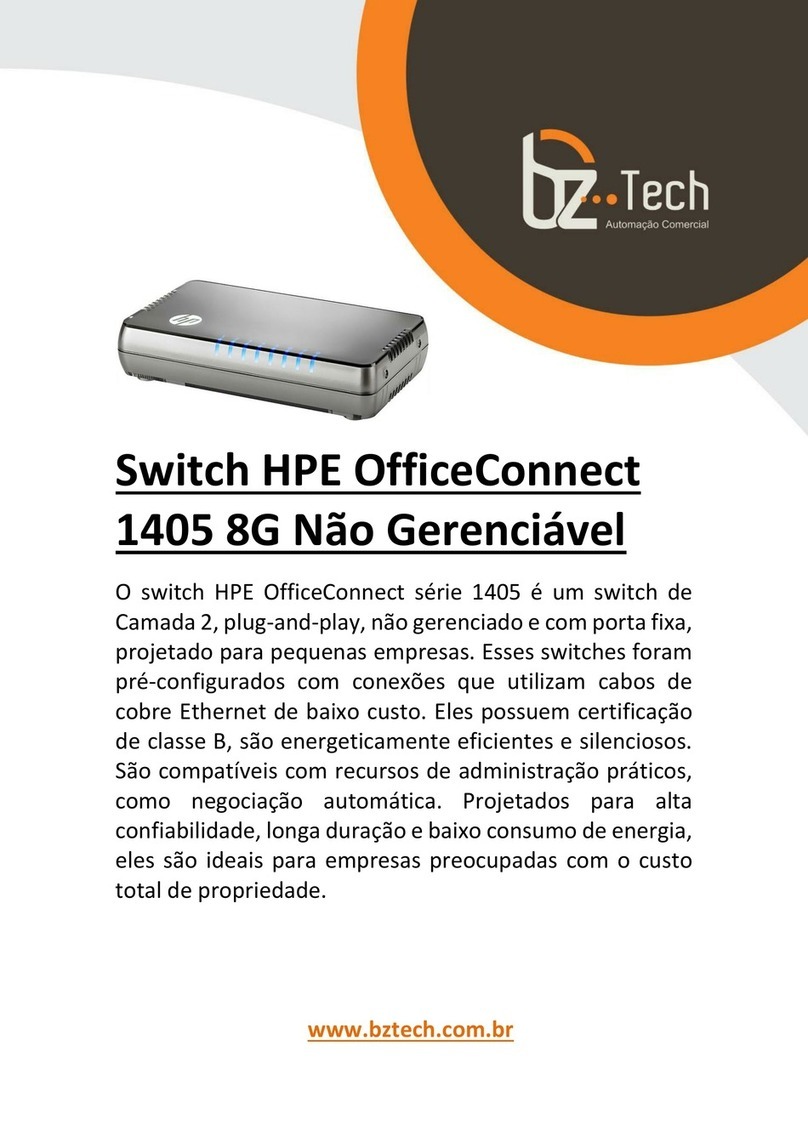
HP
HP OfficeConnect 1405 Series Installation and getting started guide

